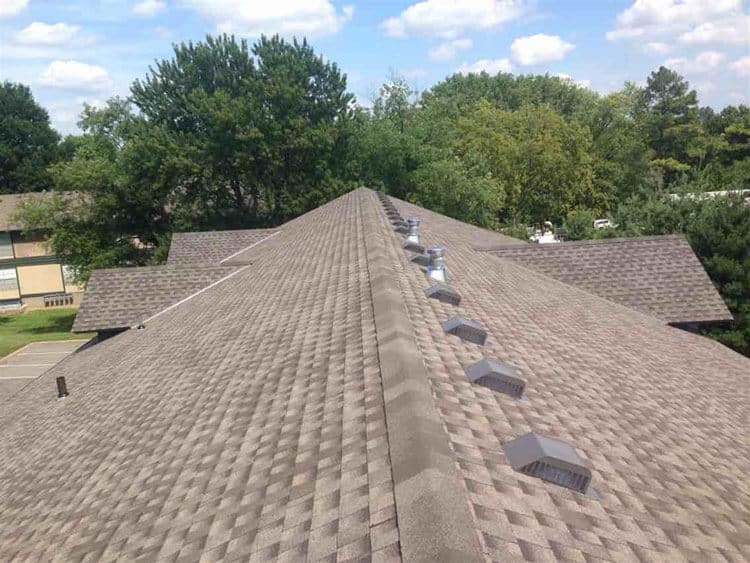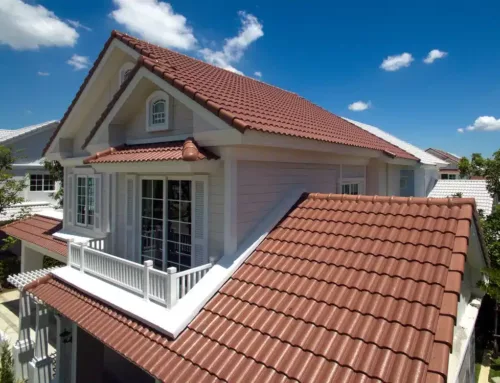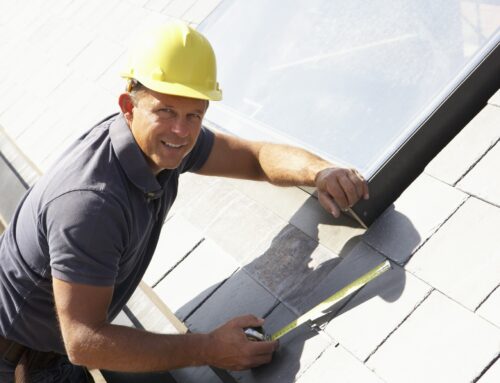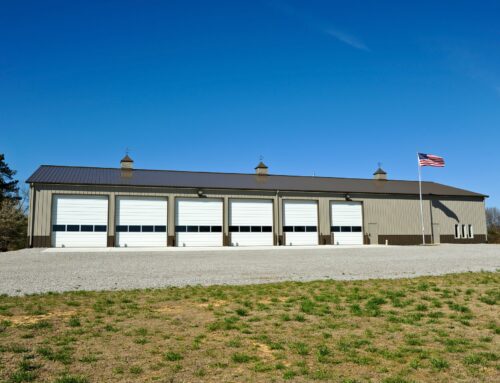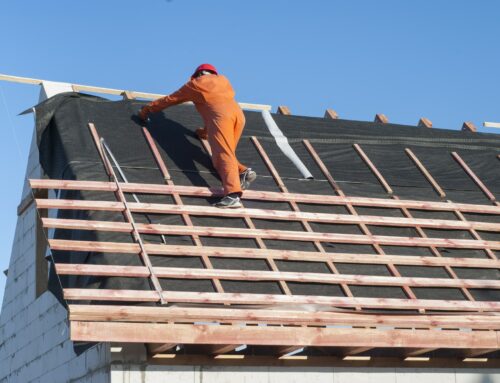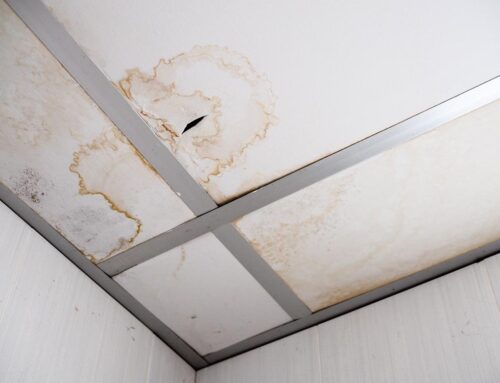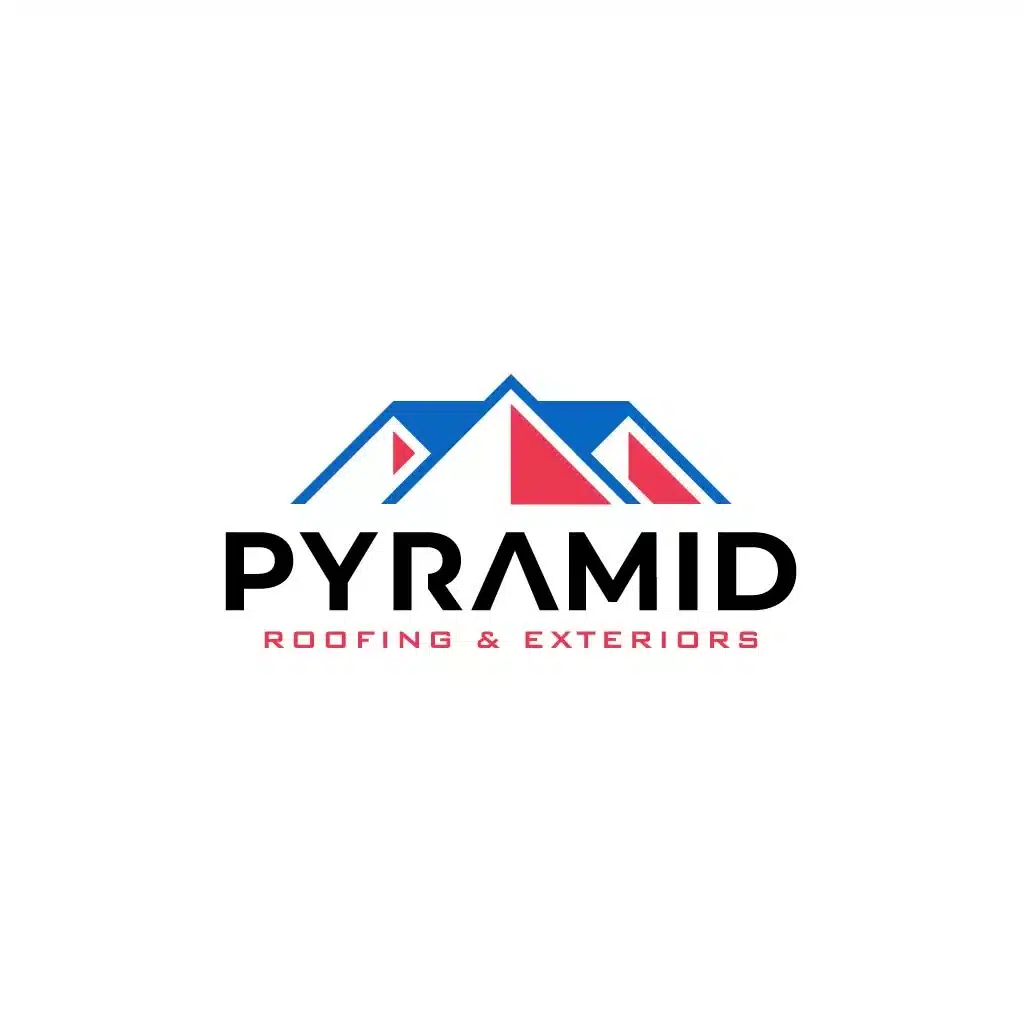The role of your roof is to protect your home and everything inside. This requires regular maintenance and repairs from time to time. However, a factor that many homeowners overlook is learning about their roof – what it’s made of, weaknesses and strengths of the materials and what they need to do to keep it in pristine condition year after year. There are quite a few different types of roofing materials in used. Some of the most common that are seen are highlighted here. Getting to know your roof material can help you make it last longer, which increases the value of your entire home, as well as your peace of mind.
Common Roof Material
Shingles
One of the most popular types of roofing for residential structures is shingles. These are cost efficient and durable made with a base mat of wood fiber, cellulose, paper or some other material saturated with asphalt so it is waterproof. A top coating of adhesive asphalt will be applied and ceramic granules embedded into the shingles. This helps them be resistant to wear and environmental damage.
Thermoplastic Polyolefins (TPO)
This type of roof material is a blend or alloy of polypropylene plastic or polypropylene and EPR (ethylene propylene rubber) or EPDM (ethylene propylene diene terpolymer rubber). These are considered extremely durable membranes and are offered in a number of different thicknesses, which makes it an extremely appealing option for commercial roofs. However, it is also used on residential roofs that have no slope.
EPDM
This is a synthetic type of rubber roofing membrane that is composed of propylene and ethylene. These materials are derived from natural gas and oil. EPDM is a material that is beginning to be replaced by TPO membrane roofs.
Metal
Mainly made of aluminum or steel, metal roofs have been proven to withstand the test of time. Titanium, zinc and copper are also used for specialized architectural applications in homes. While metal roofing is more expensive than the majority of other roofing materials, it is also thought to be the most durable and strongest option available.
PVC
PVC is considered to be a long-term solution for the roof of a building. A PVC roofing membrane is composed of flexible, thick, UV resistant thermoplastic material. Some options contain plasticizers, pigments, resins, fiberglass and other types of chemicals. PVC is most commonly used on commercial buildings.
Synthetic or Composite
This is considered a substitute for the “real thing.” Synthetic types of roofs are created to mimic the look of authentic tiles and usually more environmentally friendly, not to mention more energy efficient and sturdier than their common counterparts. This type of roofing is virtually indistinguishable from wood and slate. There are a number of manufacturers, such as EcoStar that have developed a strong history of dependability and considered at the top of the class for this material.
Getting to know the material your roof is made of can be beneficial and help you determine what type of service it will need. This will keep the roof in better condition longer, which will save you money in the long run.

